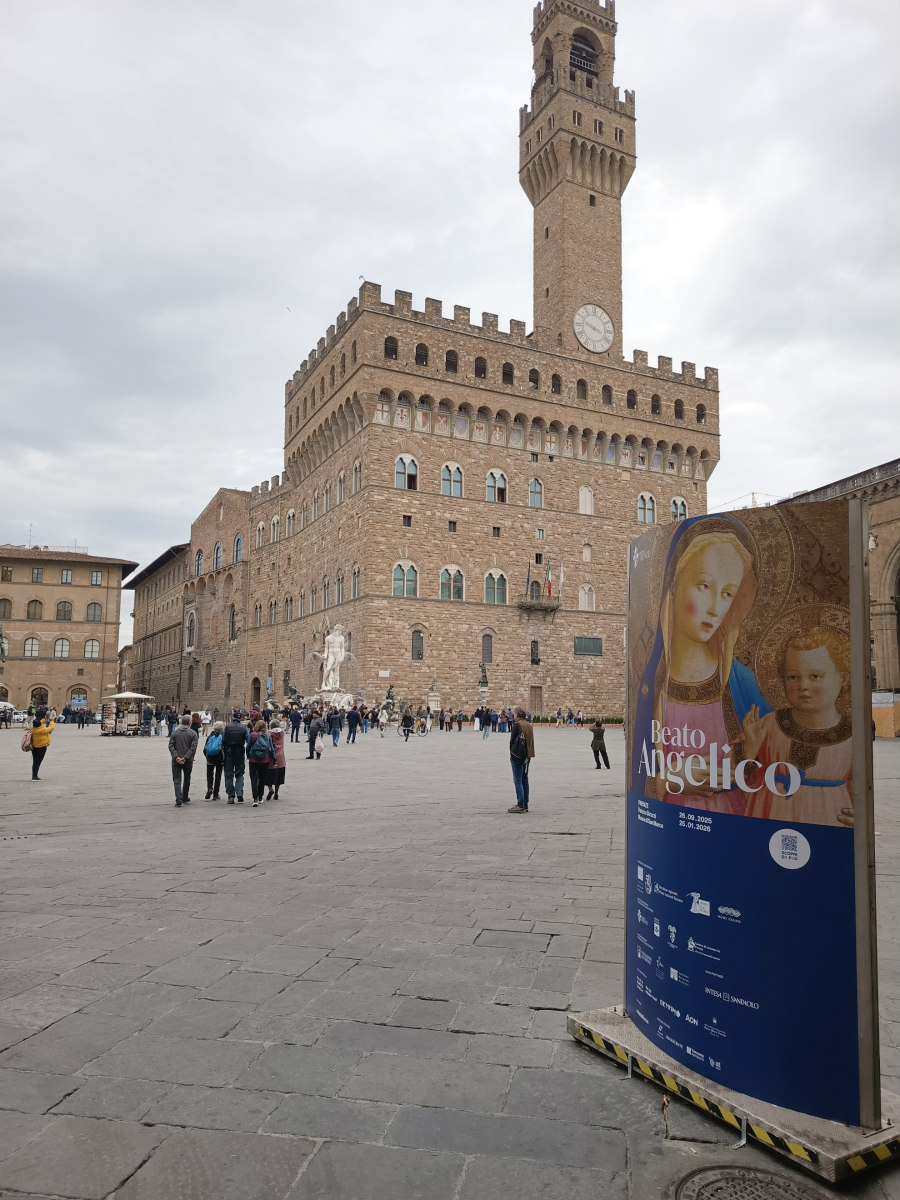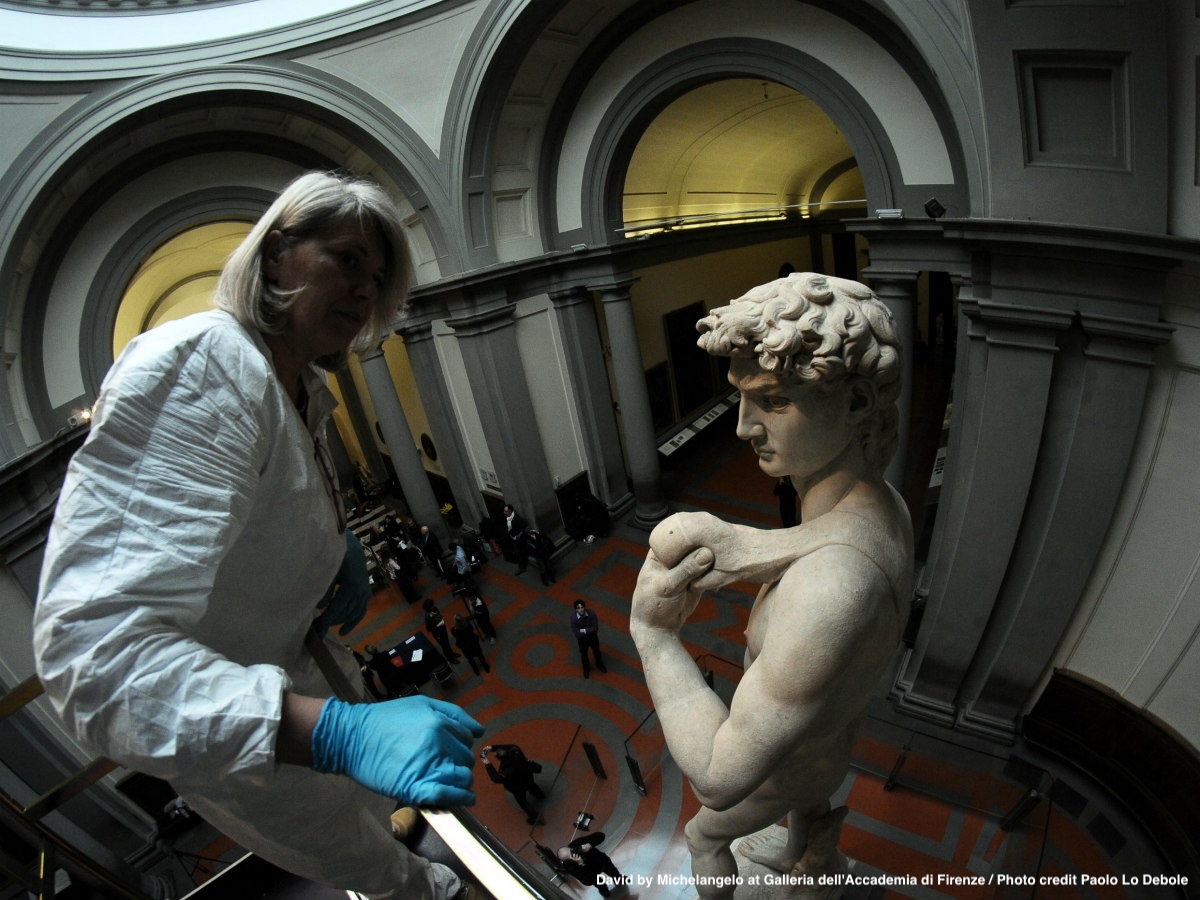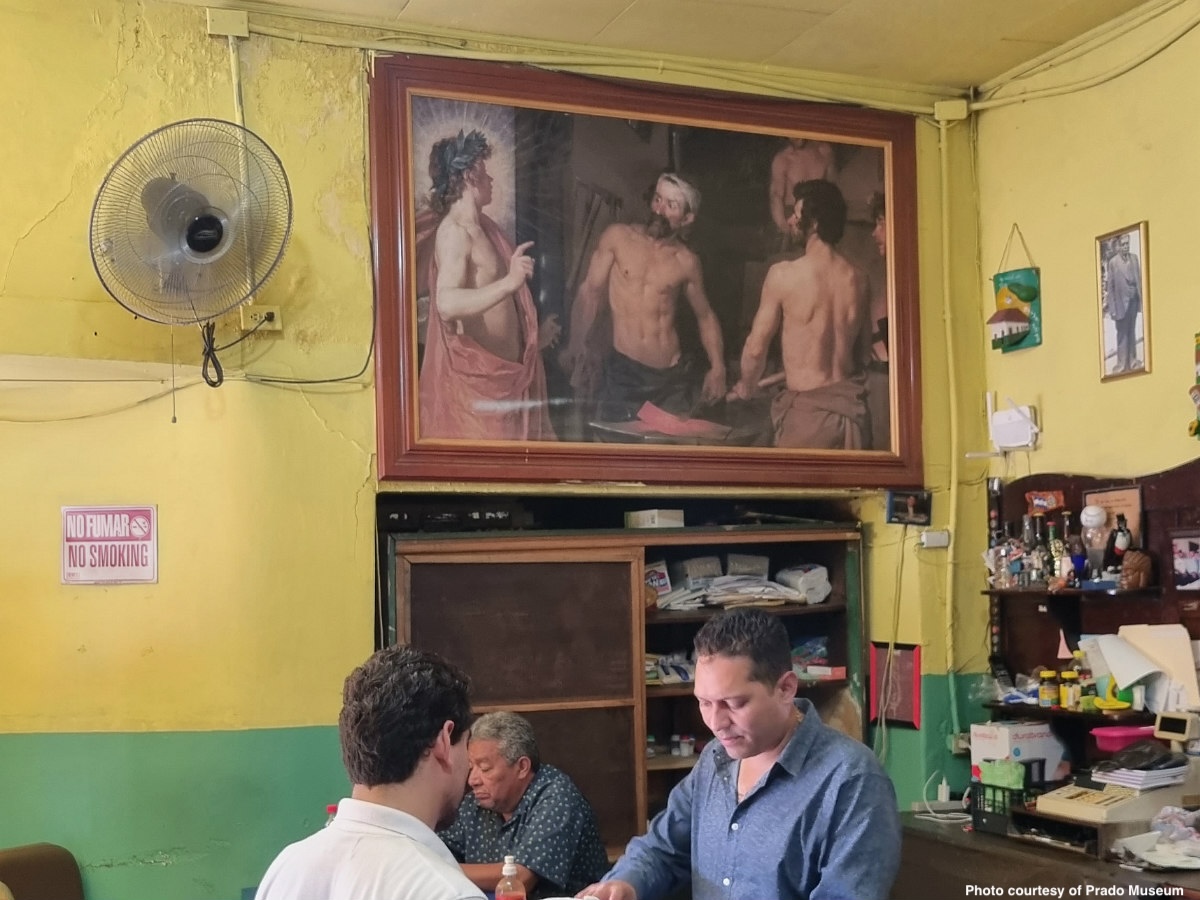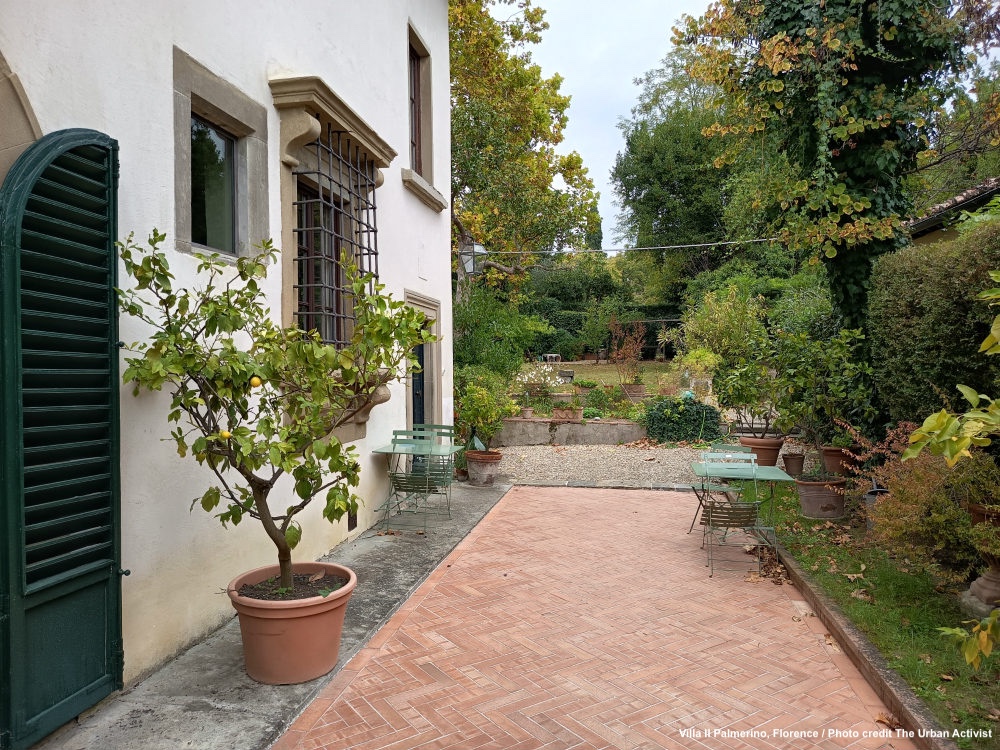Listen to the audio version of this article (generated by AI).
Just as Galileo’s principle of relativity teaches us that everything functions in perfect order within a smoothly sailing ship, regardless of the ship’s motion, Florence, too, appears serene and unchanged beneath the flow of time and people. Every year, over 8 million visitors—more than 20 times the city’s population—wander across its piazzas, monuments, museums, and churches, marveling at the city’s masterpieces.
Yet behind this timeless façade, an extraordinary effort is constantly at work.
Friends of Florence, an organization made up of a volunteer board of nearly thirty members and donors from around the world, serves as the hidden engine that, along with skilled restorers and public institutions, preserves the sculptures, paintings, and architectural elements contributing to the city’s beauty.
Its celebrated co-founder Countess Simonetta Brandolini d’Adda has been the leading light for preserving and enhancing the rich cultural heritage of Florence for almost three decades. Born to an American-Italian family, her father was an officer in the U.S. military and spent most of her childhood and young adulthood moving back and forth between the U.S. and Italy. She attended American schools, moved to Florence during her university years, married her Italian husband, and has lived in Florence ever since.
After the devastating 1966 Arno River flood, which severely damaged Florence’s cultural heritage, Brandolini d’Adda witnessed the city’s decline. With the help of her sister and brother-in-law, a U.S. lawyer, she established a 501(c) (3) nonprofit foundation to enable American donors to support a cultural heritage admired by millions.
“I must say there’s a special love for Florence. The city creates a real connection with many people due to its significance as the birthplace of the modern world and Western culture. Obviously, it’s also cherished by historians, art history enthusiasts, and admirers of specific artists such as Fra Angelico, Donatello, or Michelangelo,” says Brandolini d’Adda with a smile during our meeting at the Lungarno Hotel in Florence.
From my seat, which Brandolini d’Adda kindly ceded to me, I can see the river and Ponte Vecchio through big windows. As we continue to talk, I realize that, from the Renaissance, even though the Medicis commissioned many works for religious reputation and soft power, Florence has also been created and preserved through acts of love. Today, this love is not declared in public squares and generates little media attention, but the kind of activism this group engages in is tangible. Over the past twenty-seven years, Friends of Florence has provided over €15 million in financial support for 400 projects that sustain the masterpieces that hundreds of millions will marvel at for years to come. The act of giving of these committed individuals is both astonishing and humbling—an elegant example of relativity in human effort and perception.

Remarkably, the Monuments Men Foundation supported the restoration of the two small panels by Antonio del Pollaiuolo, Hercules and Antaeus and Hercules and the Hydra, as part of a major project to completely renovate the Uffizi’s Botticelli room from 2014 to 2016, years after they recovered them. During WWII, in 1944, the panels were taken by the Nazis from a villa near Florence where much of the Uffizi collection had been stored, intended for protection from bombing and looting. The Monuments Men Foundation recovered the panels in 1963 in the United States, which were in the possession of a German waiter in Pasadena, and returned them to Italy.
Brandolini d’Adda also recounts an occasion when Friends of Florence received a significant donation from a professor in the United States whom they had never met. The professor had read about the organization and wanted to support their mission. Upon passing away, he left a considerable donation from his inheritance, specifically to restore the entire chapel of the Cardinal of Portugal in the Church of San Miniato, which overlooks Florence. He had studied the chapel, written about its symbolism, and had a special place in his heart.
Last year, three doctors—one American and two residing in Florence—fell in love with a fresco by Fra Angelico that they discovered in a private room within a cloistered convent in San Domenico, just outside of Florence. They formed an organization called Bottega Belacqua, aimed at restoring the fresco with the help of Friends of Florence. Brandolini d’Adda notes that the last preparations are being made to display the fresco to the public in the coming days.
Recommended Read: The Monument Men of Nablus, in the West Bank
I didn’t ask her what motivated Mel Gibson and his former wife to save the painting Madonna and Child with Saints by Alessandro Allori in the Galleria dell’Accademia in 2003, but I’m sure she could share many fascinating anecdotes from her twenty-seven years of fundraising for Friends of Florence.
In the past, the organization has restored entire rooms at the Uffizi Gallery. Fortunately, explains Brandolini d’Adda, major museums are now able to keep the revenue from entrance tickets, allowing most of those funds to be directed toward preserving the museum’s collections. However, smaller museums, churches, tabernacles, and public monuments often lack funding. Currently, the Palazzo Strozzi features a monumental altarpiece by Fra Angelico, which is part of a two-year restoration project led by the Friends of Florence. It is considered one of Europe’s major art exhibitions this fall and will run until January 2026.
Friends of Florence receives project inquiries almost every day, which its Board carefully reviews with the assistance of its Council of Academic Advisors, including many internationally respected experts and art historians. Once a project is selected, they seek donors and always have 90% of the funding secured before starting the restoration. Operating without a director and with only a few part-time staff members, the organization is a low-overhead foundation that achieves a high impact, allocating 90 cents of every dollar raised to restoration laboratories and local skilled professionals who diligently work to preserve the cultural heritage of Florence.
The organization receives calls from restorers constantly. Since its founding in 1998, they have been their primary source of funding. “We have some of the best restorers in the world in Florence,” says Brandolini d’Adda. “We fully support them. During the COVID-19 pandemic, many restorers were unable to work due to restricted access to the locations where artworks were displayed. We continued to pay them regularly because they would have had no income otherwise.” During the Renaissance, wealthy families understood the importance of commissioning artists to stimulate Florence’s economy, and Brandolini d’Adda believes that more could be done in that regard today.
“I have so much respect for restorers because they’re so knowledgeable,” she says. Every restoration begins with a diagnostic analysis to assess the artwork’s condition and identify the materials and techniques used in its creation. In any restoration, nothing permanent is added to the piece. For example, when they retouch a painting, they use only water-based materials, so everything can be removed if necessary. “Italy excels in this regard; some other countries are not as meticulous. Restorers are careful to avoid adding anything that cannot be undone.”
Friends of Florence has also partnered with the grassroots organization Angeli Del Bello (in English, the Angels of Beauty). They receive funding to clean graffiti and periodically maintain tabernacles around the city that were restored with the support of Friends of Florence. Unfortunately, these tabernacles are occasionally vandalized.
Following the example of Friends of Florence, groups have emerged in Naples and Genoa to address similar issues. However, Brandolini d’Adda expresses concern about the future of their organization. She highlights the creation of a “Council for the Future” at Friends of Florence, aimed at inspiring new generations to engage with and preserve the city’s cultural heritage.
There is still much work to be done. The organization also supports the maintenance of several masterpieces each year after their restoration, including Michelangelo’s David, the Prisoners, and various artworks at the Accademia. Additionally, many damaged works remain in need of repair from the 1960s flood. “They may not be Michelangelo pieces, but they are still valuable,” says Brandolini d’Adda.
Antonio Natali, the former Director of the Uffizi Gallery and an art historian, once remarked on ten large frescoes in the Cloister of the Vows at Santissima Annunziata that, despite their highest quality and historical importance, there was no funding available for their restoration, as potential sponsors often inquire about visitor numbers and the return on investment.
“The Friends of Florence, on the other hand, bore the cost of the entire project without asking or expecting anything in return because that is the dignity of a true patron of the arts,” he added. I would also say that it reflects genuine love for the arts.





